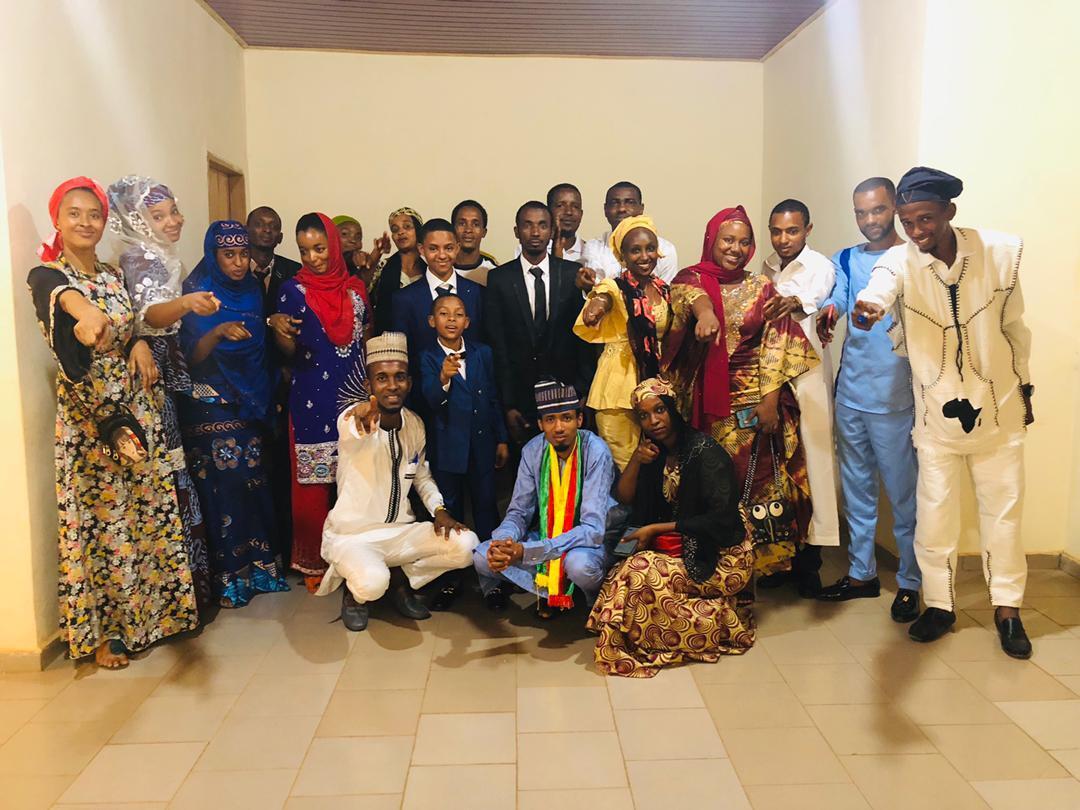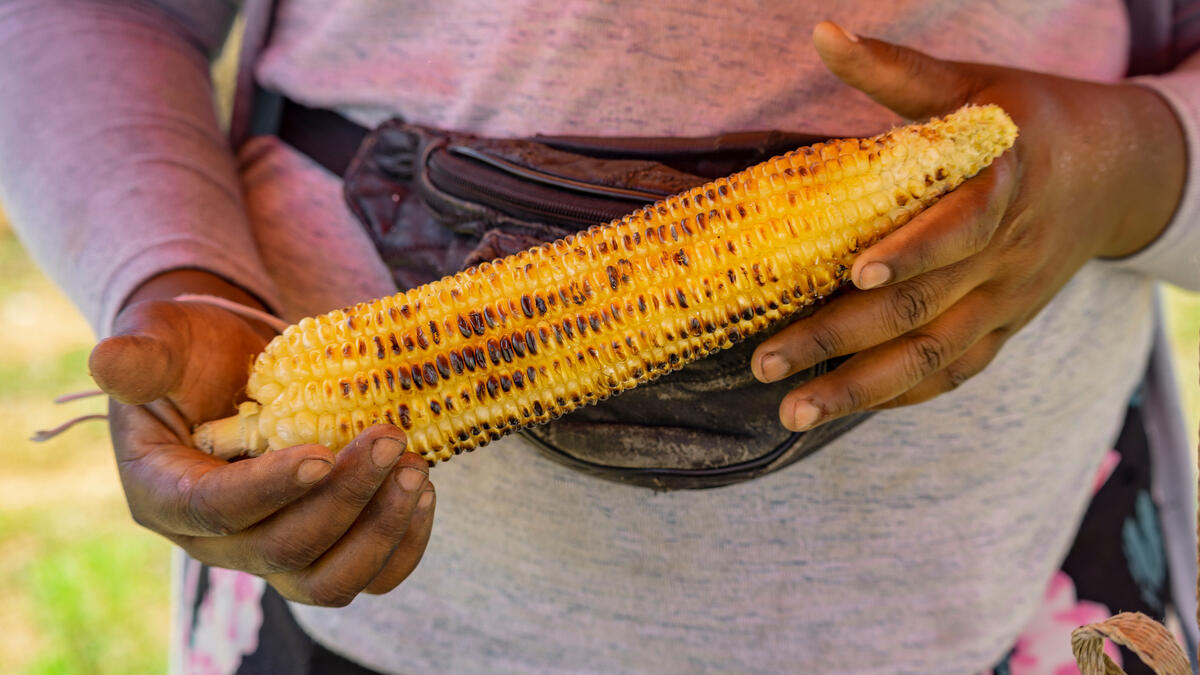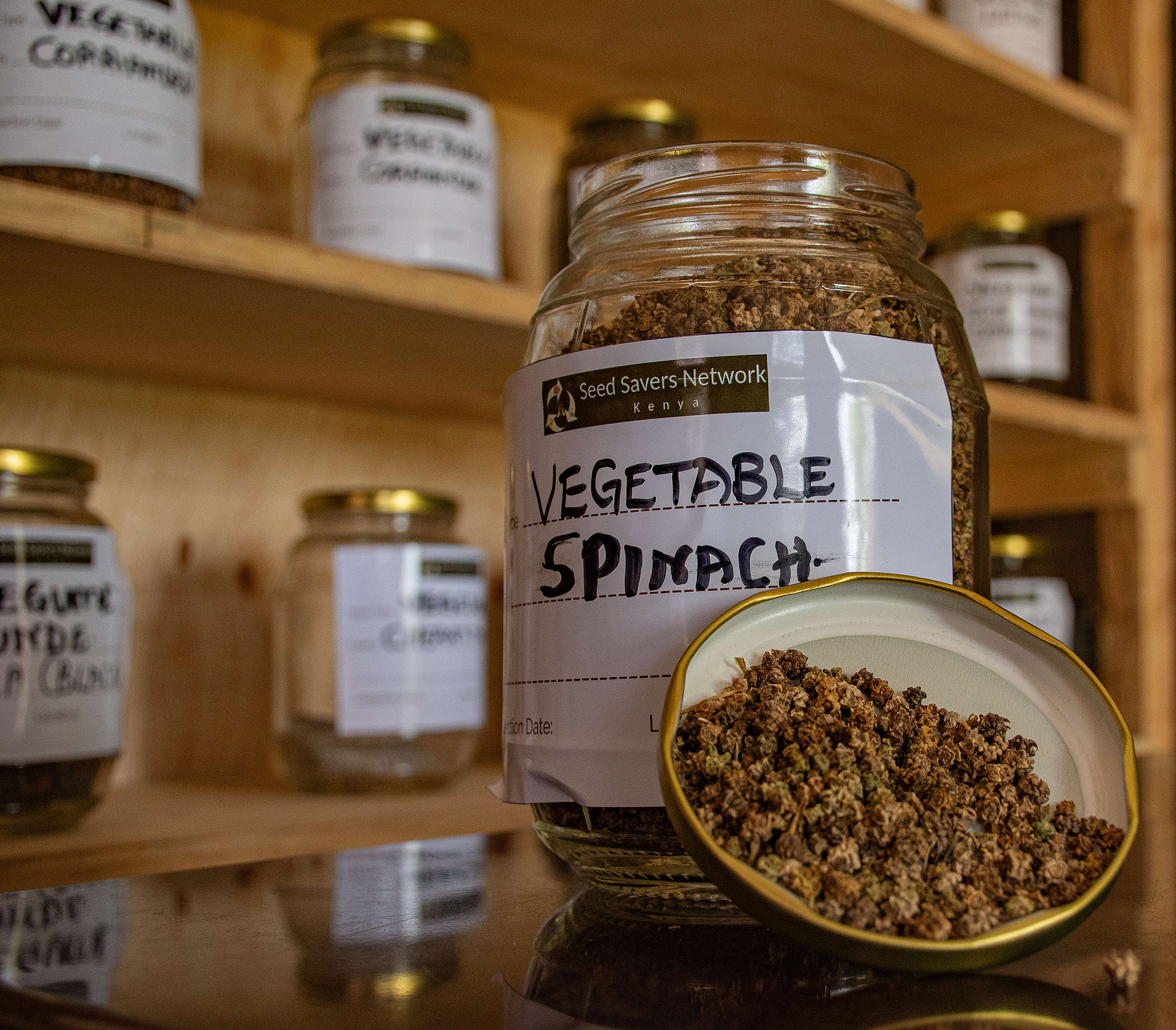I took a trip to Cameroon late last year to visit communities that practice Ecological Agriculture. My motivation was to listen: why it is important, how to start an ecological farm and what support is needed for this to succeed?
My first stop was Douala, the economic capital of Cameroon in the Litoral Province. Here, I had the opportunity to visit the factory of a Cameroonian agronomist, Jean-Pièrre Emele, who has a factory producing dried fruits and juices from fruits grown on ecological agriculture farms.
About 15 people are employed at Jean-Pièrre’s factory. It was an amazing experience going through all the different production points – from where the fruits are stored on arrival, to where they are peeled and chopped, through the drying and cooling rooms, and to the squeezing and packaging stations. And yes – I got the opportunity to taste the fresh, dried fruits and juices. They certainly taste much better than what I normally get at the supermarket!
Jean-Pièrre accompanied me to our next stop – Baganté, in the West Region of Cameroon. On the way to Douala and to Baganté, we drove past monoculture rubber and banana plantations. In the banana plantation, a helicopter was at work, spraying the huge banana plantation with pesticides. It was chilling to see these chemicals used at such a scale. The question which of course pops to mind is: where will the journey of these chemicals finally end? Just think of the soil and the water!
In Baganteé, we travelled to the Kollobidjcha village, where we were received by the chief – the administrative ruler of the village. The chief explained his interest in Ecological Agriculture: Jean-Pièrre and his colleague had met with the chief a few months back to explain the importance of Ecological Agriculture for the people and the environment, compared to small-scale agriculture and industrial agriculture that are based on chemical fertilisers and pesticides.
Following the meeting, the chief set aside 1000ha of land to start a community ecological farm. A small victory for the people, for wildlife and plants, and for the planet.
Industrial Agriculture destroys large forest areas, biodiversity loss and aggravates the climate crisis, accounting for 25% of global greenhouse-gas emissions. It is made worse by the demand for land for oil, rubber and other plantations.
The products from industrial agriculture are mainly meant for foreign consumption – the communities I met during my trip get little to nothing from those plantations. Profits made from trading these products are not invested in better schools, hospitals or roads. Instead, they end up in offshore accounts of foreign corporations. Furthermore, the whole legality of the process of land acquisition by multinationals and elites is highly questionable.
Then there is the loss of biodiversity – the essential diversity of plant and animal species, linked to forest destruction and land being taken away from communities without consent.
Globally, concern for health, human rights and environmental consequences of industrial agriculture is growing. Stories about health and environmental impacts of chemical fertilisers and pesticides such as soil, water, and food contamination are increasingly featured in the media. I heard the same stories directly from communities who have been affected by the practices of industrial agriculture. There’s a growing realisation that the food system through the approach of industrial agriculture needs a rethink.
Here is where ecological agriculture comes in. It is considered a solution to ensure healthy food, while at the same time protecting the environment. Ecological Agriculture, also known as “agroecology”, is not a new practice. It combines local farmers’ knowledge with the most recent scientific research to increase yields, while protecting the environment.
Agroecology is a farming system where farmers harness their traditional knowledge about water, soil, and pest control and use it to improve their farmlands and produce. Ecological Agriculture allows farmers to develop their own farm inputs, such as organic manure and indigenous seeds that are resilient to changing climate conditions. You do not need to cut down forests to practice ecological agriculture.
During my trip, I also met with a group of women in the village of Boriko, who together acquired land from the village chief and have started an ecological farm where they plant curcuma. These women pointed out that practicing ecological agriculture has also given them the opportunity to directly contribute to their own economic growth locally and nationally because their produce also caters to urban demand.
For the local victories of farmers in Douala, Kollobidjcha and Boriko to scale up and help feed our growing population, there is still much to be done.
Individuals like Jean-Pièrre and civil society organisations, including Greenpeace, will continue training farmers and raising awareness of Ecological Agriculture among farmers, local and urban consumers.
In parallel, advocacy work is done to get politicians and donors to shift their support from chemical pesticides and fertilisers to organic solutions. Governments need to actively engage in supporting all actors engaged in ecological agriculture. Governments must seize the opportunity to upscale ecological agriculture, so it is recognised and practiced at a national scale. Real change will not happen without determined government action!



